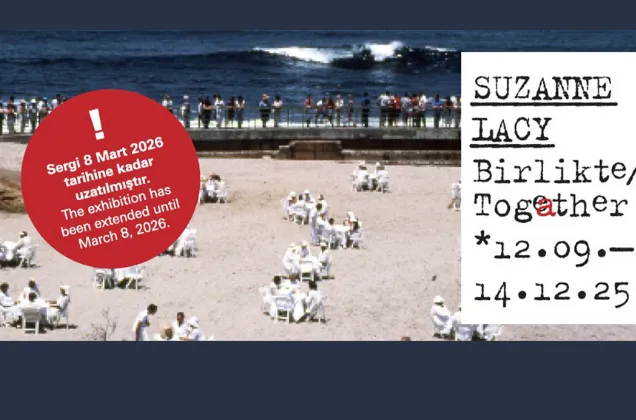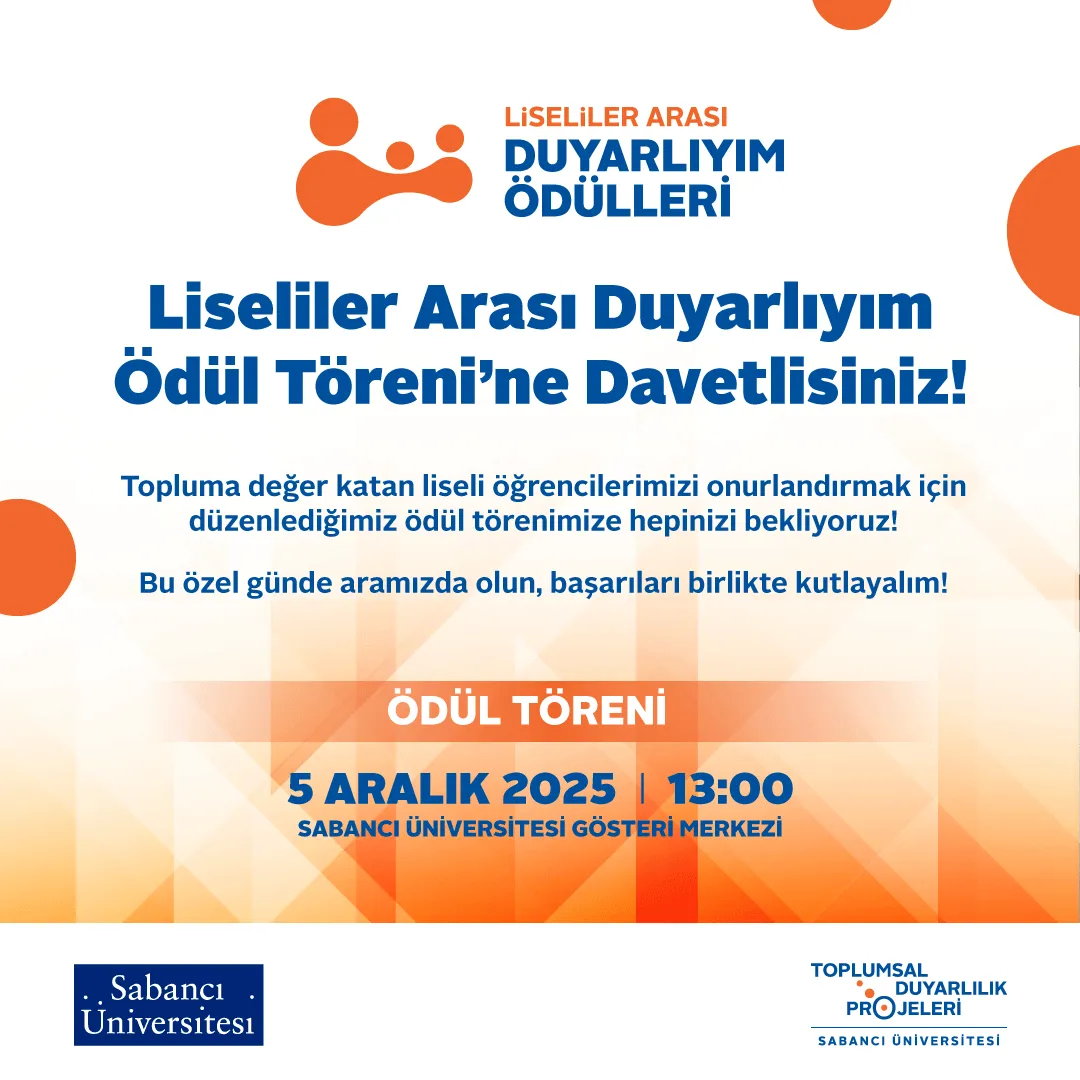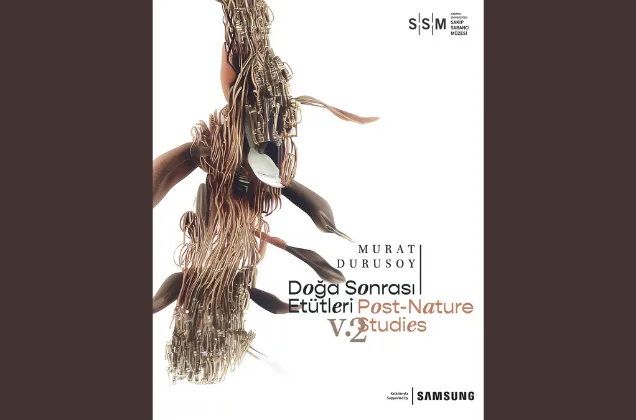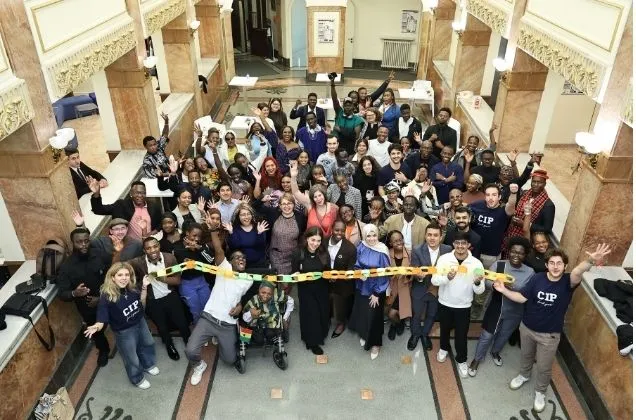03/10/2023
Sabancı University/FASS/VAVCD Program, students, alumni and faculty member participated in The 4th International Localized Image Festival 2023, Shenyang, China.
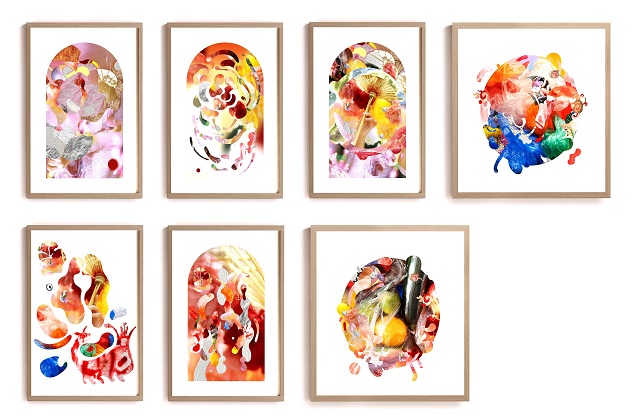
A total of 30 invited academic institutions participated in the University Photography and Video Exhibition titled, “Encounter and Infinite.” In the 4th International Localized Image Festival 2023, more than 200 participants (faculty members, Students and Alumni) shared their artistic works in this year’s festival.
Selected Video works from Sabancı University/FASS/VAVCD Program:
A Reverse of Time - Alex Wong
Telli Duvaklı - Nagihan Aydınlık
Wanted, Happened - Zeynep Brafalı
Taking A Breath - Doğa Batılı
Rock Scissors Dream - Ezgi Temür
Question for your Question - Burçak Kaymaz
Untitled - Ilgın Harput
Raining Inside - Abad Shams
Selected Photography works from Sabancı University/FASS/VAVCD Program:
Plastic World / Belmin Pilevneli
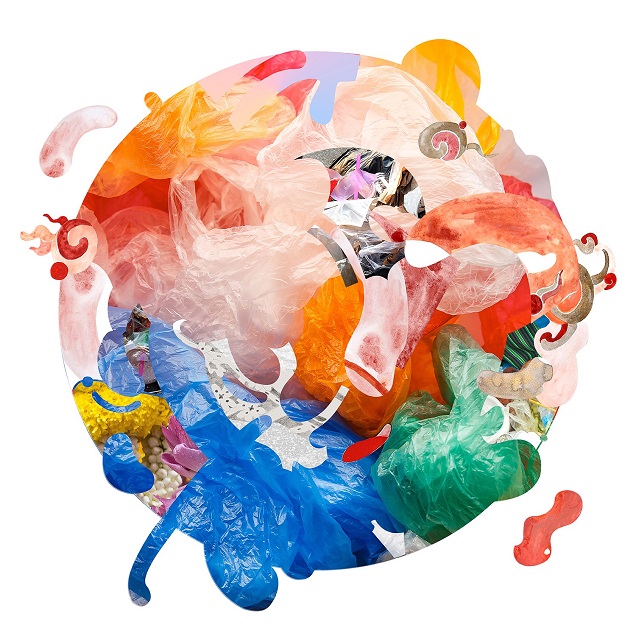
Belmin Pilevneli is a visual artist who delves into a range of themes such as diversity, the notion of "belonging," the natural world, and the concept of new cycles of life. One of the notable aspects of Pilevneli's paintings is the integration of text and poetry, with the artist often penning her verses. These textual elements coexist alongside her visual compositions, enriching the overall significance and narrative of her pieces. Pilevneli frequently incorporates patterns, forms, and colours from various cultures, as well as organic shapes inspired by nature. By doing so, she aims to emphasize her vision of an ideal world, one characterized by unity among diverse societies and profound respect for nature and its resources.
In her series of digital collages “Plastic World”, Pilevneli merges different cultural patterns, shapes, and colours with photography to expose both cultural segregation and unsustainable human practices, particularly excessive plastic usage. This fusion of cultural aesthetics is typically depicted in abstract or semi-abstract forms, showcasing the artist's unique artistic vision.
I Stand Alone /Canan Erbil

“I Stand Alone” is an introspective photography series, that delves into the melancholic journey burdened by the weight of memory accumulation. In each evocative photograph, a solitary figure emerges amidst a vast expanse, encapsulating the profound solitude of carrying life's cumulative layers.
As viewers wander alongside these lone souls, a sense of longing and isolation pervades, reflecting the profound stories etched in each frame – stories of joy, pain, and the bittersweet memories that define us.
The act of carrying this re-collection becomes a poignant journey of self-isolation in the crowds, revealing the haunting beauty of our narratives. Within this enigmatic portrayal, a multidimensional singularity game unfolds, where each subject is grappling with the ever-gathering fragments of existence.
“I Stand Alone” whispers a symphony of melancholy echoes, and the eternal quest for belonging in a world of perpetual accumulation.
Archaic Units /Neslihan Koyuncu
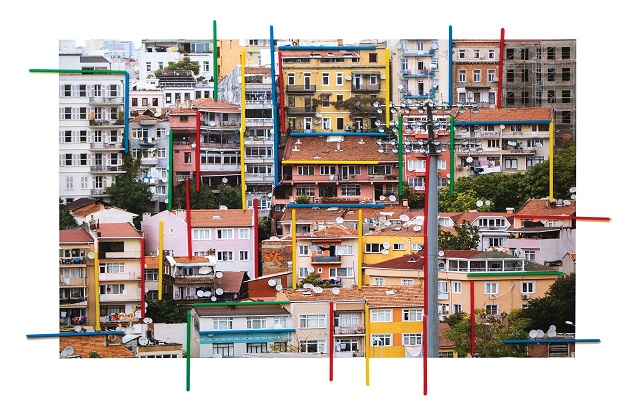
Counting rods have a history dating back to ancient East Asia and were used by mathematicians for decimal calculations. Having their numeral system, they are initially used by variants of their positions to represent digits of a number and if it is an integer or a rational number. While it was used in relatively complex calculations in pre-imperial China, in present Turkey, counting rods are used as a tool for mathematical calculations but detached from its history and true potential.
In the first grade of primary school in Turkey, counting rods are solely used for basic calculations and learning how to count as each bar represents 1. It is not inconvenient to assume that these plastic bars are imported from China to Turkey, detached from the knowledge of the rod numeral system that comes with the objects. As these colourful plastic objects are one of the few tools that were handed to children to help them understand adulthood, the lack of in-depth education and knowledge also leads to a poor understanding of life in Turkey. As a person who grew up in the Turkish education system and learned nothing about the rod numeral system before, I tend to create my visual system for understanding the life around me by using counting rods as representatives of themselves, the objects isolated from their archaic history and I make them my archaic units.
Seyir / Murat Durusoy
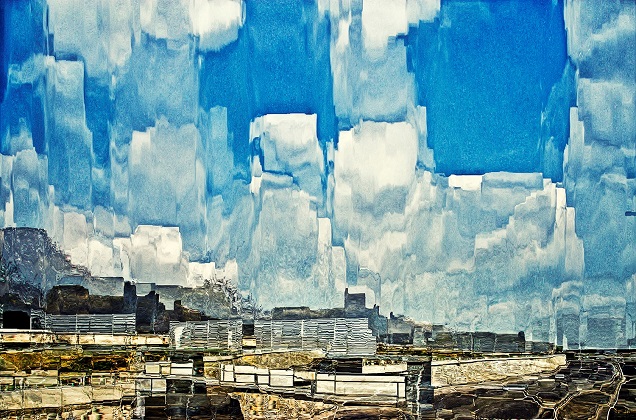
The essence of my artistic practice revolves around the concept of “Seyir,” a multifaceted Turkish word that encompasses the notions of embarking on a journey, observing, and indulging in daydreams. Through my work, I embark on a creative exploration that traverses the vast landscape of the History of Digital Culture, delving into new dimensions of photographic expression and digital image production. Within this series, my photographs navigate along a path that embraces both the utilization of various technological tools and the quest to redefine the boundaries software developers impose. By pushing the limits of available technology, I seek to reshape and restructure its rules, unveiling unexplored possibilities for visual creation. “Seyir” is an endeavour to capture the essence of a specific city's landscape in Turkey through a unique lens.
Contact / Ezgi Temur

''Where are we to put the limit between body and world, since the world is flesh?'' Maurice Merleau-Ponty Skin is where the body and the world meet and touch each other. We think of skin as a border, but skin is a continuum. Skin is the constant contact and dialogue between the inside and outside. Through our skin, the world can touch us. Skin is double-sided in all aspects. It gives us pleasure, also pain. It stands there always, reminding us of our fragility and mortality. Throughout this series, I am constantly in search of skin; my own, that of others, and that of things. Skin, however, is always elusive. One cannot capture skin; it is always in flux. We can only feel our skin when we are in contact with reality and its objects. Objects live and touch us back. Our touch leaves an imprint on objects, and the objects retain a history.
Kürleme/ Hilal Işık
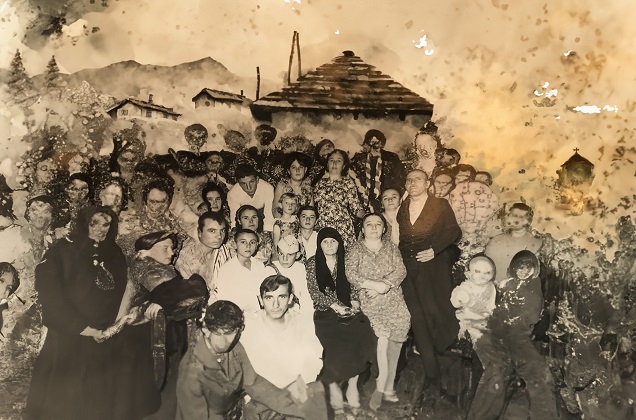
The series of kürleme is a photography series centring on the fiction-real family story theme the artist uses in her works. h. ışık combined found photographs dating back to 1914 around the world and from her family archive around a story. She constructed a consciousness that remembers and tells this story by returning to those moments through these photographs. Although the storyteller tries to establish unity with her story, there are inconsistencies regarding people, time, and places. The environment and tone of each scene are so different because these jumps do not make sense in the story. The choice of watercolour style points to this unreliability of memory and questions the act of remembering. On the other hand, it tries to reveal one's potential to reconstruct one's own story in this ambiguous area of remembering and memory. In this series, the consciousness is queer, trying to find its place in the family story while simultaneously deconstructing, rewriting, lying about, or rejecting it.

